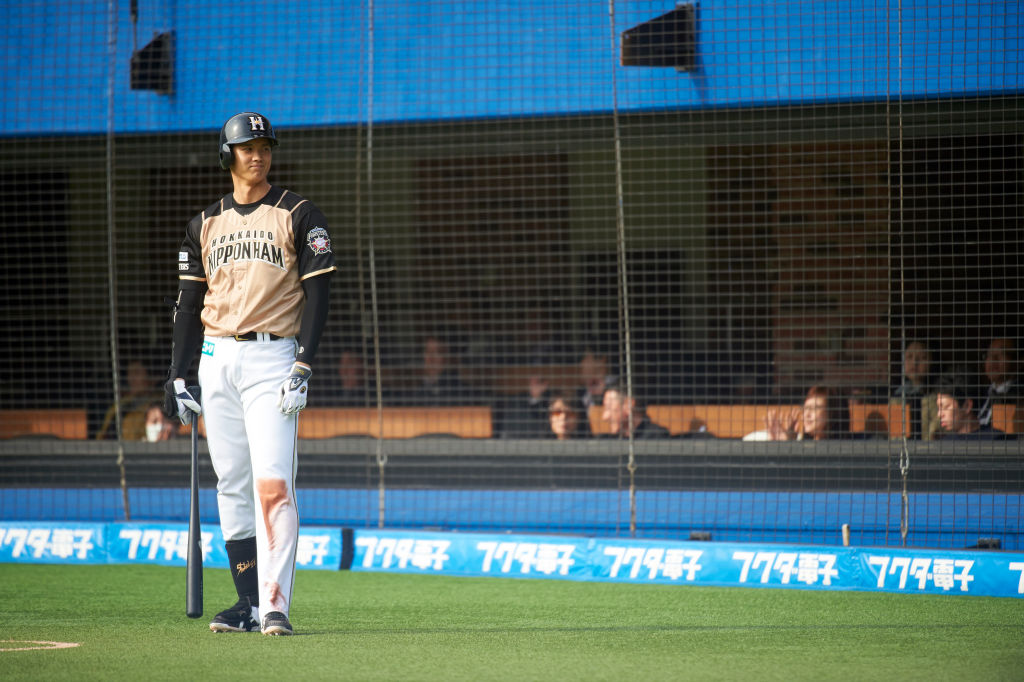Ecologists on Catalina Island are putting down their birth control guns for the first time in two years and letting the non-native bison replenish their herd.
The massive mammals living out-of-place on the island off Southern California are the only wild herd being managed with contraception and the decision to stop the injections is as much an experiment as the animal's living there in the first place.
This year, 10 females are forgoing their doses so ecologists can test the injection’s reversibility, and welcome baby bison to the island.
Like many Southern California oddities, Catalina’s bison have a Hollywood connection.
Fourteen bison were brought to Catalina Island by a film crew in 1924. But when the crew wrapped up, they left the animals behind on the 76-square-mile island.
In the 1980s, ecologists believe the population exploded to 600 bison.
"The island eco system did not evolve with animals like them present," said John Mack, chief conservation and education officer with the Catalina Island Conservancy, the private organization that runs most of the island.
Local
Get Los Angeles's latest local news on crime, entertainment, weather, schools, COVID, cost of living and more. Here's your go-to source for today's LA news.
"They graze on grasses, and browse on shrubs and trees for food."
A study found that Catalina Island can support 150 to 200 bison without suffering ecologically. The island population has been staying at the lower end of that range, Mack said.
Ecologists started injecting Catalina Island bison with birth control in 2011.

The year before, 30 bison were born on the island. In its first year, contraception whittled that number down to five. Last year, just one bison was born – likely to a female who ecologists were never able to tag or inject.
Administered through 2-inch, spring-loaded darts shot through air guns (pictured at right) like those used to tranquilize bears roaming neighborhoods, Porcine Zona Pellucida Vaccine (PZP) blocks impregnation but doesn’t interfere with reproduction behavior – like mating, Mack said.
That keeps the herd’s social structure intact, without creating bison babies.
(PZP was originally created for use in humans, but its 90 percent effectiveness didn’t meet FDA standards, Mack said.)
The injections likely don’t hurt the animals, though they can feel it. Sometimes they’ll look over or nip at the bison next to them, thinking it was one of their own who pricked them.
"They have thick hides," Mack said.
There aren’t plans to evict the beasts altogether, though.
In the past, biologists have rounded up bison and introduced them to their mainland brethren – but the transfer from truck to boat to truck proved to be too much of a hassle, and stressful for the animals, Mack said.
There aren’t plans to evict the beasts altogether. It’s not clear how they would impact the genetics of mainland bison, since a small amount of cow DNA is present in a larger proportion of Catalina Island bison than in mainland populations.
Not to mention bison draw tourists to the island, and give back to the ecosystem by picking up seeds in their thick fur and "planting" them across the island.




